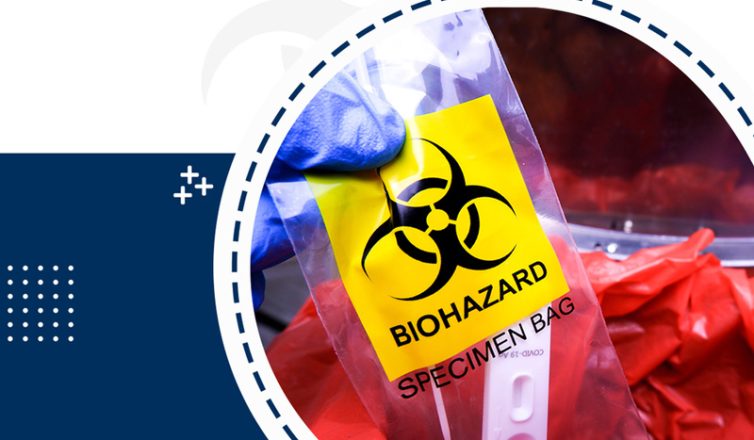As a diagnostics laboratory, you play a crucial role in the healthcare industry. You help diagnose and monitor patients, but you also generate various hazardous waste streams that must be handled, stored, and transported correctly to prevent harm to human health and the environment.
In this blog post, we’ll cover the different types of hazardous waste streams that diagnostic labs produce and provide guidance on how to manage them safely.
Hazardous waste streams can come in many forms, and the classification of waste can differ depending on the jurisdiction. However, here are some common hazardous waste streams that diagnostic labs generate:
- Chemical waste: Diagnostic labs use a variety of chemicals, such as acids, bases, solvents, and reagents. These chemicals can be corrosive, flammable, reactive, or toxic, making them hazardous to human health and the environment.
- Biological waste: Diagnostic labs handle specimens, cultures, and stocks of bacteria, viruses, and other microorganisms. These materials can cause infections and spread diseases if not handled properly.
- Radioactive waste: Some diagnostic tests involve radioactive isotopes, which can emit ionizing radiation. This radiation can cause cancer and other health effects if not controlled.
- Sharps waste: Diagnostic labs use needles, syringes, lancets, and other sharp objects that can puncture the skin and transmit bloodborne pathogens.
Handling, Storage, and Transport of Hazardous Waste Streams
To manage hazardous waste streams safely, diagnostic labs must follow regulations and best practices for handling, storage, and transport. Here are some tips:
- Identify and label hazardous waste: Diagnostic labs should have a system in place to identify and label hazardous waste streams correctly. Each waste container must be labeled with the type of waste, hazard class, and accumulation start date.
- Segregate waste streams: Diagnostic labs should segregate different waste streams to prevent cross-contamination. For example, chemical waste should not be mixed with biological waste.
- Use appropriate containers: Diagnostic labs should use appropriate containers that are compatible with the waste streams they store. For example, chemical waste should be stored in containers made of materials that resist corrosion and leakage.
- Store waste safely: Diagnostic labs should store hazardous waste streams in designated areas that are secure, well-ventilated, and protected from the elements. The storage area should have spill containment measures and emergency equipment, such as fire extinguishers and spill kits.
- Train staff: Diagnostic labs should train their staff on how to handle hazardous waste streams safely. Staff should be familiar with the labeling, segregation, and storage requirements, as well as emergency response procedures.
- Transport waste properly: Diagnostic labs should transport hazardous waste streams to a licensed waste management facility using a registered transporter. The waste must be packaged, labeled, and documented correctly.
As a diagnostic lab, you generate different hazardous waste streams that require careful handling, storage, and transport. By following regulations and best practices, you can protect human health and the environment from the harmful effects of hazardous waste. Remember to identify and label waste correctly, segregate waste streams, use appropriate containers, store waste safely, train staff, and transport waste properly.
To make this process easier and more efficient, you can rely on the expertise of Superior Medical Waste Disposal LLC. Our team specializes in handling hazardous waste streams, and we can provide you with proper containers, labeling, segregation, transportation, treatment, and compliance with all relevant regulations. By partnering with us, you can save time, reduce liability, and ensure that your hazardous waste is managed safely and responsibly.
Don’t hesitate to contact us today to learn more about our services and how we can help your diagnostic lab meet its hazardous waste management needs.
